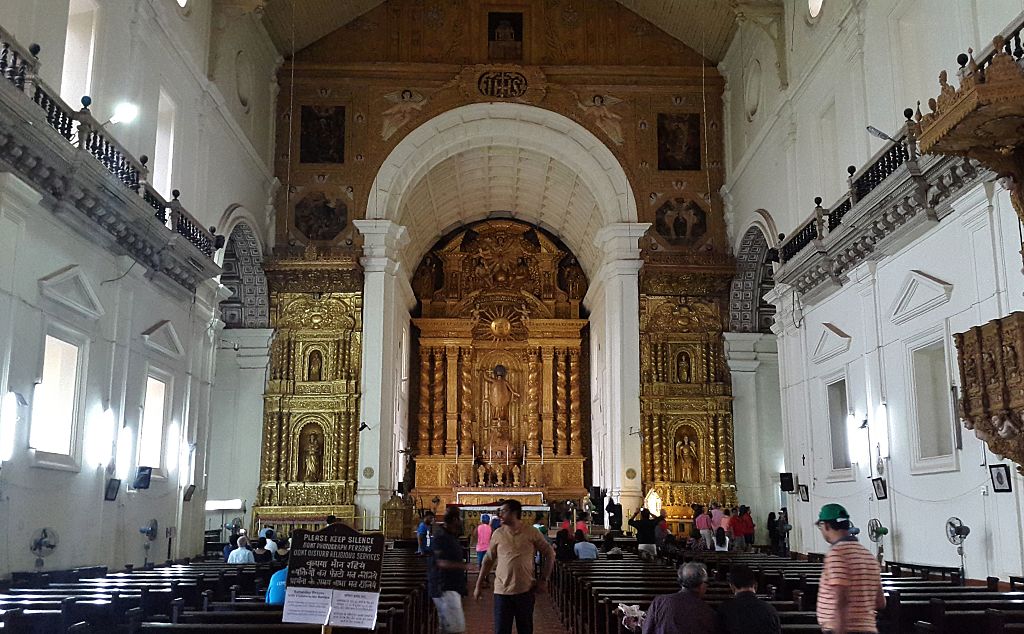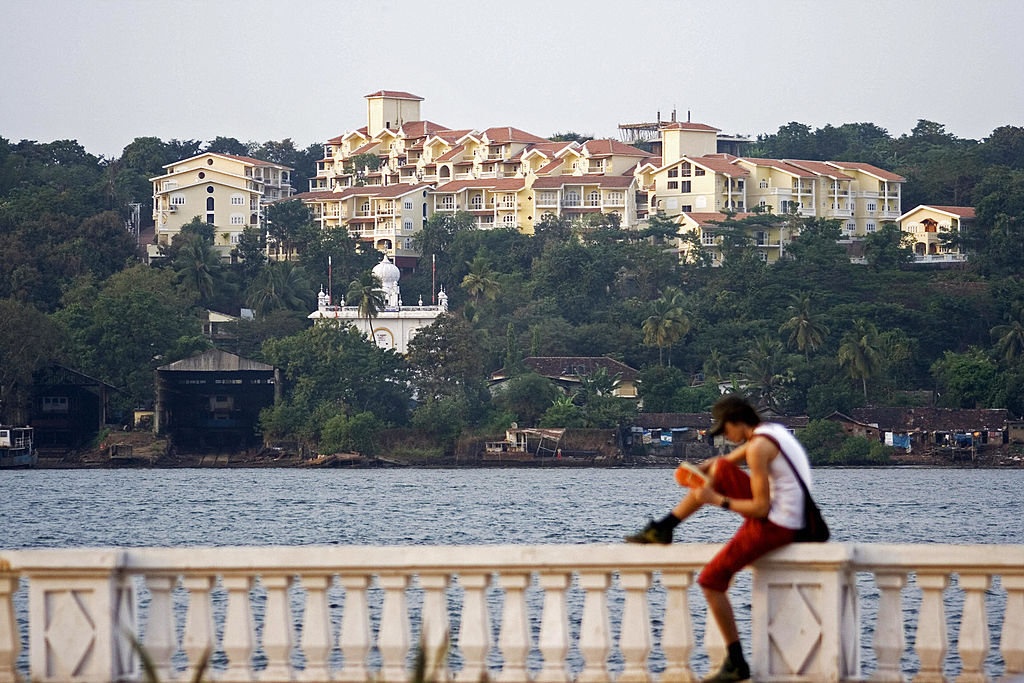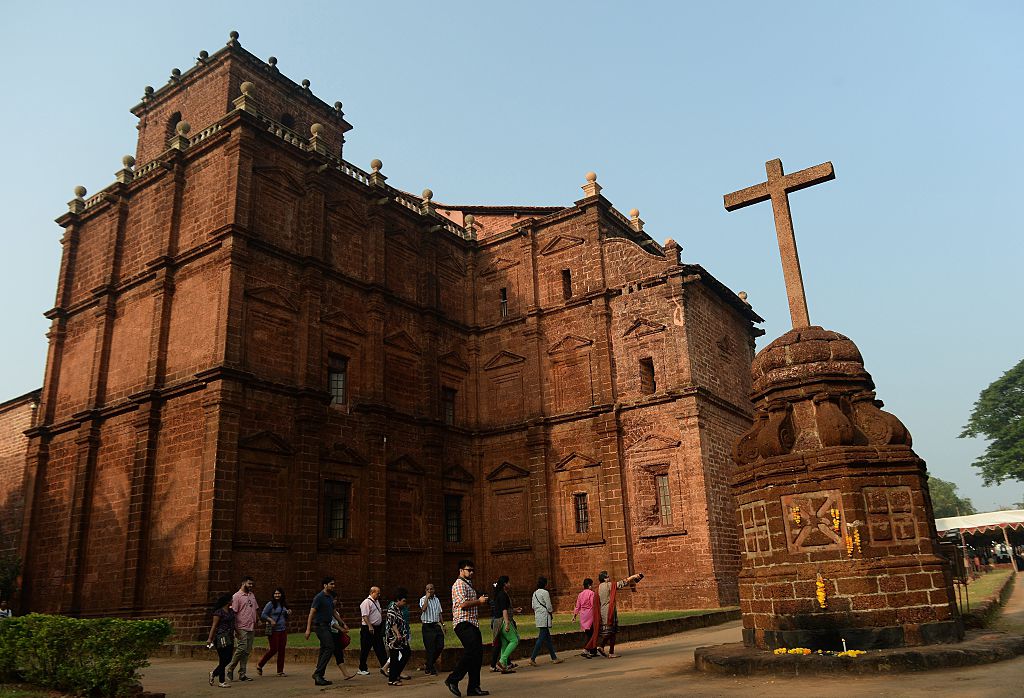- Sunday, April 06, 2025

By: Shubham Ghosh
GOA, a tiny Indian coastal state to its west, was once administered by the Portuguese and in 1961, Indian troops marched into its territory and incorporated it into the rest of the country.
Sixty years later, it seems Goa’s Portuguese legacy is waning first as the new generation is feeling less interested in celebrating the territory’s 450 years of European heritage, AFP reported.
Ramshackle colonial homes and Bollywood’s increasing cultural dominance indicate that local history is disappearing in a place where once people of eminence and power spoke Portuguese.
ALSO READ: Exclusive interview of Indian High Commissioner to UK on eve of 75th Independence Day

AFP spoke to Lorraine Alberto, a local resident who studies Portuguese at Goa University, and according to her, the number of students of the language is only getting less.
“My children don’t speak it at all,” Alberto told AFP, adding, “They just don’t see the point of learning it.”
India at 74: Coming to terms with national security
In 1947, when India got her independence from British rule, many in Goa also wanted an end to Portuguese rule but they had not expected that the transformation would be so quick.
“It was a very strange feeling… The changes came so fast,” Honorato Velho, a retired school principal, told AFP.
Velho, now 78, once lived next to the grandfather of Antonio Costa, the current prime minister of Portugal, and he still rejoices while remembering a childhood that saw both the European and local influence.
But his children never showed the same kind of enthusiasm about the European legacy.

“My wife and I still speak Portuguese out of habit, but never with our children,” Velho told the news outlet.
The Portuguese architecture across Goa is also losing its identity fast since homes influenced by old Portuguese design trends are losing out to time. They are either falling into disrepair or being pulled down to make way for modern apartments.
According to Heta Pandit, the disappearance of covered terraces and mother-of-pearl shell windows, which were built to diffuse harsh sunlight, is not just an architectural loss.
“These houses are evidence of Goan history, they are capsules of our culture,” she said, adding that only a handful of traditional homes have been earmarked for protection from destruction.
However, there is still a silver lining. Some Goans have rediscovered a relationship with their heritage, even if they were not so inclined earlier.
The AFP report added that at a recent outdoor concert in a coastal village, dozens of people gathered to listen to Sonia Shirsat, a Goan singer and an accomplished performer of traditional Portuguese fado music and called “the ambassador of Goan music to the world”.
But this is not something the 40-year-old has been doing throughout.
As a teenager, Shirsat was not interested in learning Portuguese. “My mother tried to teach me the language, but I just wasn’t interested,” she told AFP. But her stance took a complete turnaround when Shirsat met a Portuguese guitarist who told her that voice was suitable for the guitar-driven genre of Portuguese music.
Shirsat also went to Lisbon for training and became the first Indian to hold a solo fado concert there in 2008. She has also performed all over the world and also tried to create a cultural fusion by using Indian instruments like the sitar. She is also training others now to follow in her footsteps.
“Fado doesn’t just talk about what is lost, it also talks about what is to come,” Shirsat said, adding, “It has lived in Goa for over 100 years. If we don’t preserve it, it is as if we are killing a part of ourselves.”